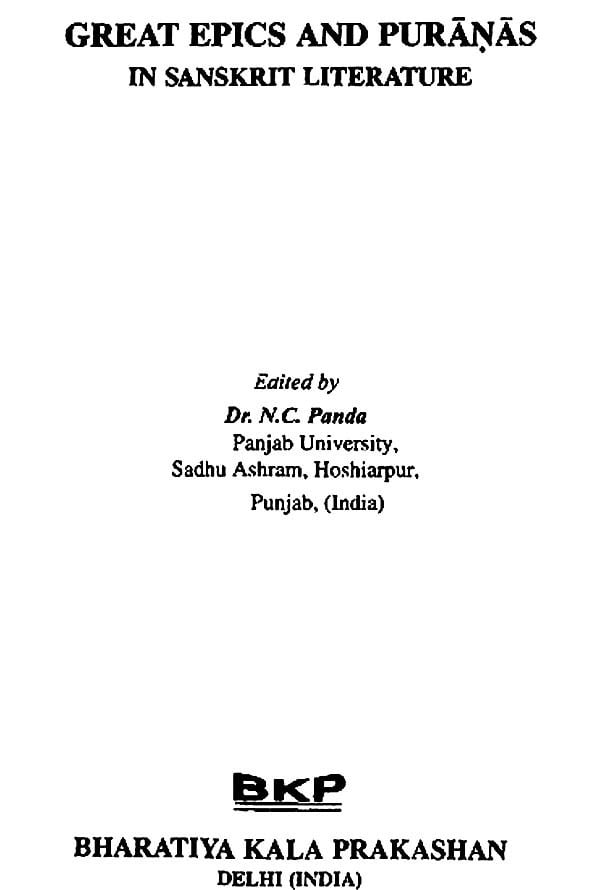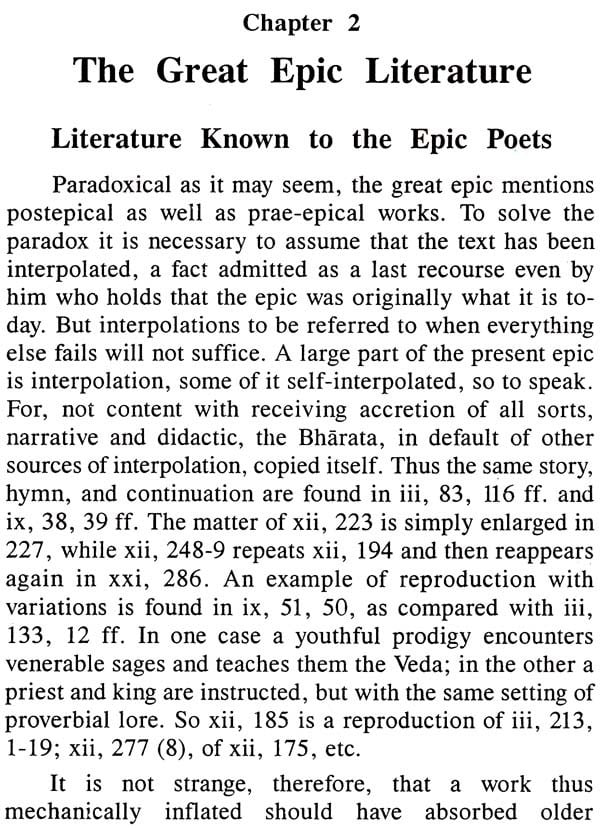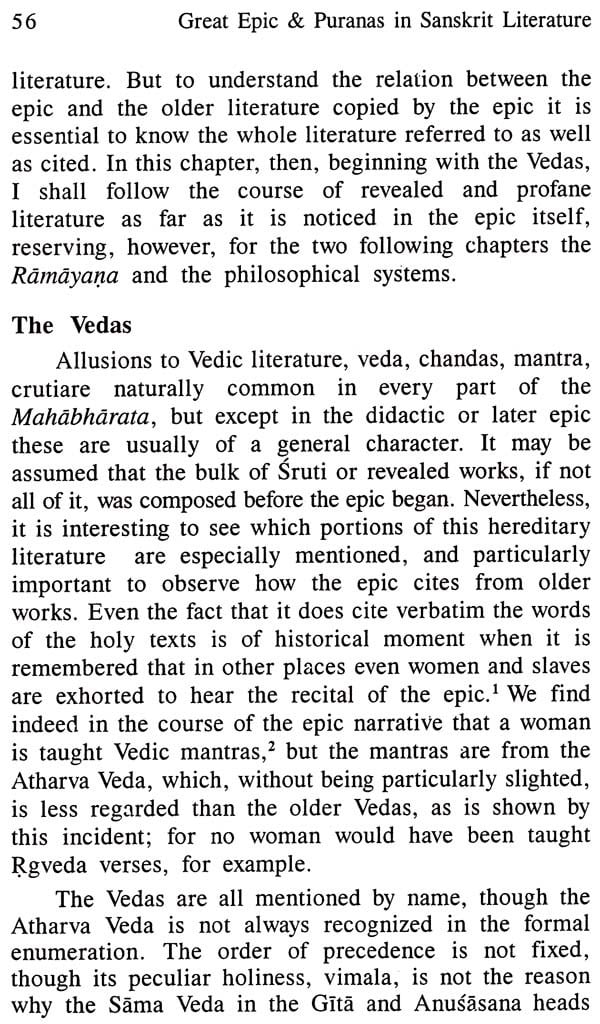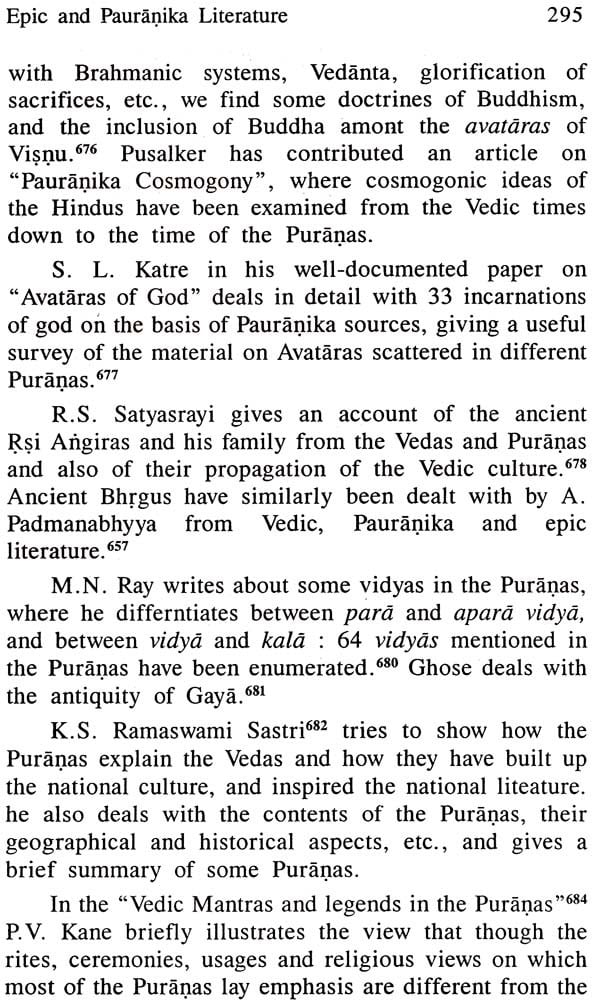
Great Epics and Puranas in Sanskrit Literature
Book Specification
| Item Code: | AZE638 |
| Author: | N.C. Panda |
| Publisher: | BHARATIYA KALA PRAKASHAN |
| Language: | ENGLISH |
| Edition: | 2014 |
| ISBN: | 9788180903472 |
| Pages: | 358 |
| Cover: | HARDCOVER |
| Other Details | 9.00x6.00 |
| Weight | 600 gm |
Book Description
The Ramayana is a great epic of the mankind. It is also known as Adi-kävya (first epic), written by the Adi-kavi (first poet) Valmiki. This famous Indian epic deals with social, moral, political, spiritual and philosophical aspects of human life, besides principally narrating the story of Räma. The Ramayana is highly popular epic which has become the property of the Indian people and it is not an exaggeration if it is said that it has influenced more than any other poem the thought and poetry of a nation for thousands of years.
The Mahabharata itself claims that Maharshi Veda Vyasa composed the work as a great Dharmasastra, as Arthasastra, Moksasastra and also Kamasastra. In the last parvan it claims that whatever is said in it would be found elsewhere and what is not con tained it would not be found anywhere else i. e. it claims to be encyclopedic work and hence there was a great incentive to later scholars to add to it fresh matter.
The Puranas are known as the fifth Veda in Indian culture. The aim of Puranas is to acquaint the general mass with the teachings and philosophy of the Veda which are to be adopted as the principle and thus achieve the goal of life. As Vedavyasa says: "itihasa purānābhyam vedam samupabṛmihayet." Various Puranas provide us valuable information about the social religious and cultural life of ancient and medieval India.
Hence, this book would be immensely useful to the students as well as researchers to know and understand the Indian Culture & History in a positive direction.
After Graduation (B.A. Sanskrit Hons.) from Utkal University, Bhubaneswar & Post graduation & M.Phil.,(Indian Philosophy) degrees from Kurukshetra University, he obtained Ph.D. Degree in Vedic Studies from Panjab University, Chandigarh.
The Puranas are a sort of encyclopedia endeavouring to deal with the histories of five independent subjects, viz. creation and recreation of the universe, gods, reigns of fourteen Manus, and the kings of the solar race as Rāma and others, and of the lunar race as Pandavas and others. Similarly, are mentioned the dynasties of the Nandas, Mauryas, Guptas and others. In no other country or civilization such gigantic attempt was ever made to threat of so many subjects in such single volumes.
The Puranas are a vast store- house of authentic materials supplying themes or many works of classical Sanskrit, prose, poetry, and drama. They also contain useful geographical information and also mention different cult of worship, vratas and tirthas.
**Contents and Sample Pages**













